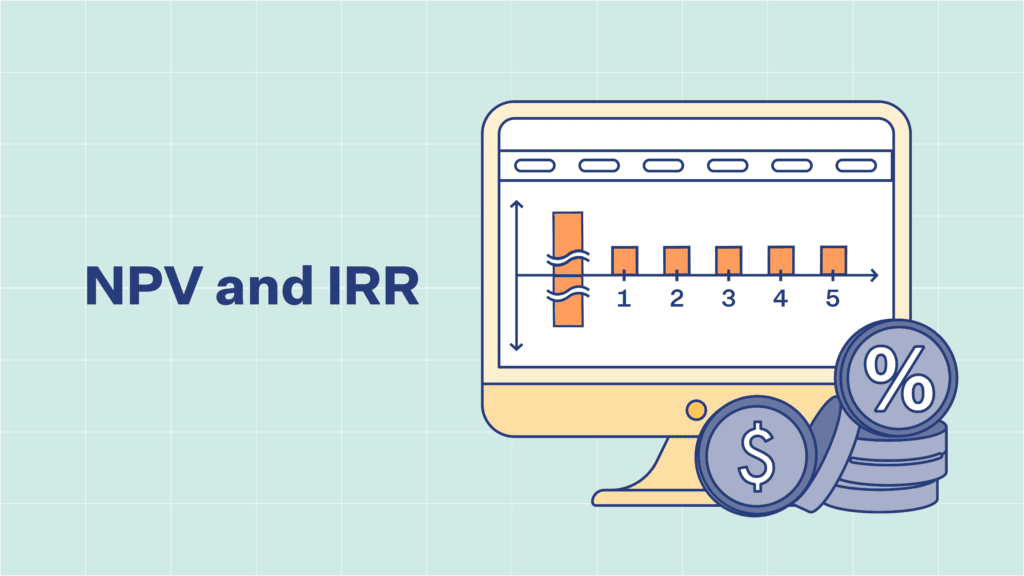
Building a toll road construction and operation project finance model involves several key steps. In this guide, I will provide a concise overview of the main components and considerations involved in developing such a model.
You can access a fully function Project Finance model on the Construction and Operation of Toll Roads
Project Overview and Assumptions:
- Start by providing a brief description of the toll road project, including its location, length, and estimated cost.
- Outline the key assumptions, such as traffic growth rates, toll rates, construction timeline, and operational expenses.
Construction Phase:
- Estimate the capital expenditure (CAPEX) required for the construction phase, including land acquisition, engineering, procurement, and construction (EPC) costs.
- Develop a cash flow schedule to account for the timing of these expenditures and funding sources, such as equity, debt, and grants.
- Consider any contingencies and inflation adjustments to ensure the model captures potential risks and cost escalations.
- Calculate the interest during construction (IDC) and include it in the financing plan.
- Determine the construction timeline and incorporate it into the model, considering dependencies, milestones, and potential delays.
Operation Phase:
- Estimate the operational expenditure (OPEX) for maintaining and operating the toll road, including personnel, maintenance, utilities, insurance, and administrative expenses.
- Develop a revenue projection by forecasting the traffic volume and toll rates. Consider different scenarios based on historical data, economic factors, and future developments in the region.
- Determine the toll revenue collection method (e.g., cash, electronic tolling) and incorporate it into the model, considering any associated costs.
- Account for any potential disruptions to traffic flow, such as road maintenance or accidents, and adjust revenue projections accordingly.
- Include provisions for toll rate adjustments over time, considering inflation or changes in market conditions.
- Incorporate taxation and regulatory considerations that may impact the toll road’s financial performance.
Financial Analysis and Sensitivity:
- Calculate the project’s net present value (NPV), internal rate of return (IRR), and payback period to assess its financial viability.
- To evaluate the project’s resilience to different scenarios, perform sensitivity analysis by varying key inputs, such as traffic growth rates, toll rates, and operating expenses.
- Consider the impact of external factors, such as changes in interest rates or fuel prices, on the project’s financial performance.
- Assess the project’s risk profile and incorporate risk mitigation measures, such as insurance, contractual agreements, and contingency funds.
- Evaluate the project’s debt service coverage ratio (DSCR) to ensure the project generates sufficient cash flow to meet debt obligations.
Financing Structure:
- Determine the optimal financing structure by considering the mix of equity and debt.
- Assess the availability of financing sources, such as commercial banks, development banks, or public-private partnerships (PPPs).
- Evaluate the terms and conditions of potential loans, including interest rates, repayment periods, and any covenants or guarantees required.
- Model the debt repayment schedule and calculate the debt service coverage ratio (DSCR) to ensure debt obligations can be met.
- Consider potential sources of revenue beyond toll collection, such as advertising, concessions, or real estate development.
Reporting and Documentation:
- Prepare comprehensive reports and documentation that outline the project’s financial model, assumptions, and findings.
- Create summary sheets, visualizations, and graphs to present the key financial metrics and results.
- Include a sensitivity analysis section to demonstrate the project’s resilience to various scenarios.
- Provide a clear and concise executive summary that highlights the project’s financial viability and critical findings.
Remember that this is only a high-level overview, and building a detailed project finance model requires a deep understanding of financial analysis, accounting principles, and infrastructure project management. It is recommended to consult with us at pushkarkumar@fin-wiser.com











